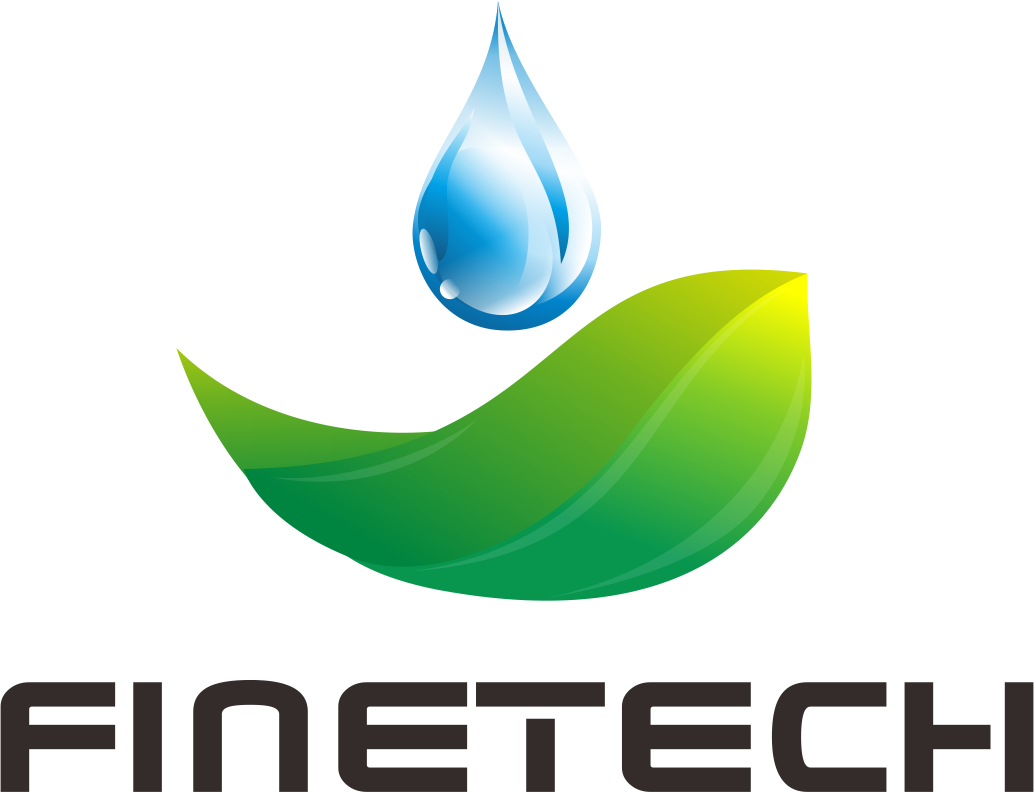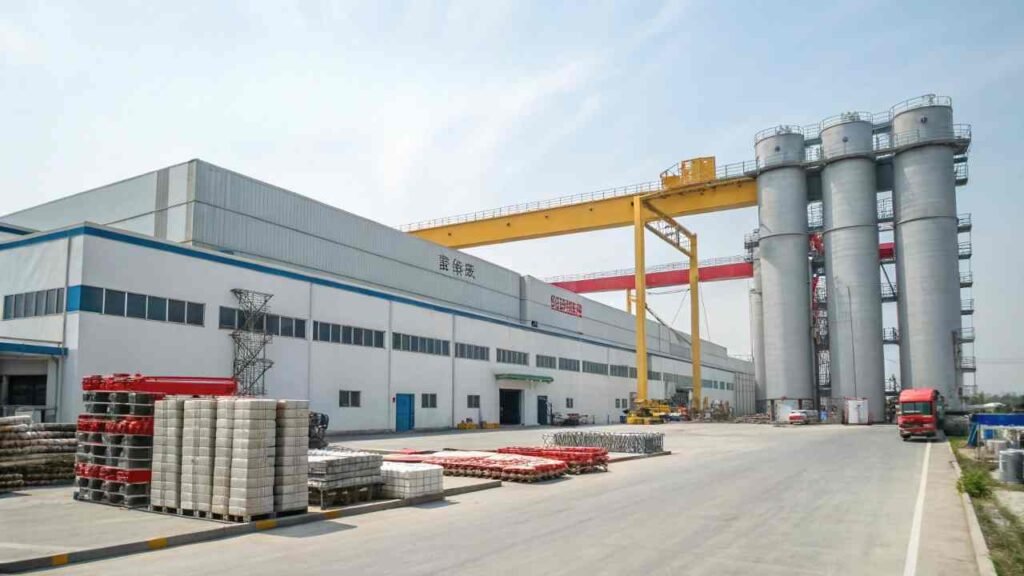Looking for a reliable Dextrose Monohydrate supplier? Worried about balancing quality, price, and logistics? China offers a complete and compelling solution for your sourcing needs.
You should source Dextrose Monohydrate from China because of its huge production scale, highly competitive pricing, established quality control, advanced logistics infrastructure, and supportive government export policies like tax rebates.
As a supply chain partner, I help global buyers succeed in the Chinese market. They expect more than just low prices—they need quality they can count on, and delivery they can trust. The good news? China is built to deliver. Here's a quick guide to the key benefits.
Which Chinese provinces offer top quality Dextrose Monohydrate?
Not all Chinese suppliers are the same. Want top quality but don't know where to start? Focus on the key provinces known for excellence.
The leading provinces for high-quality Dextrose Monohydrate are Shandong and Jilin. These regions have huge corn supplies, advanced production technology, and experienced, export-focused manufacturers.
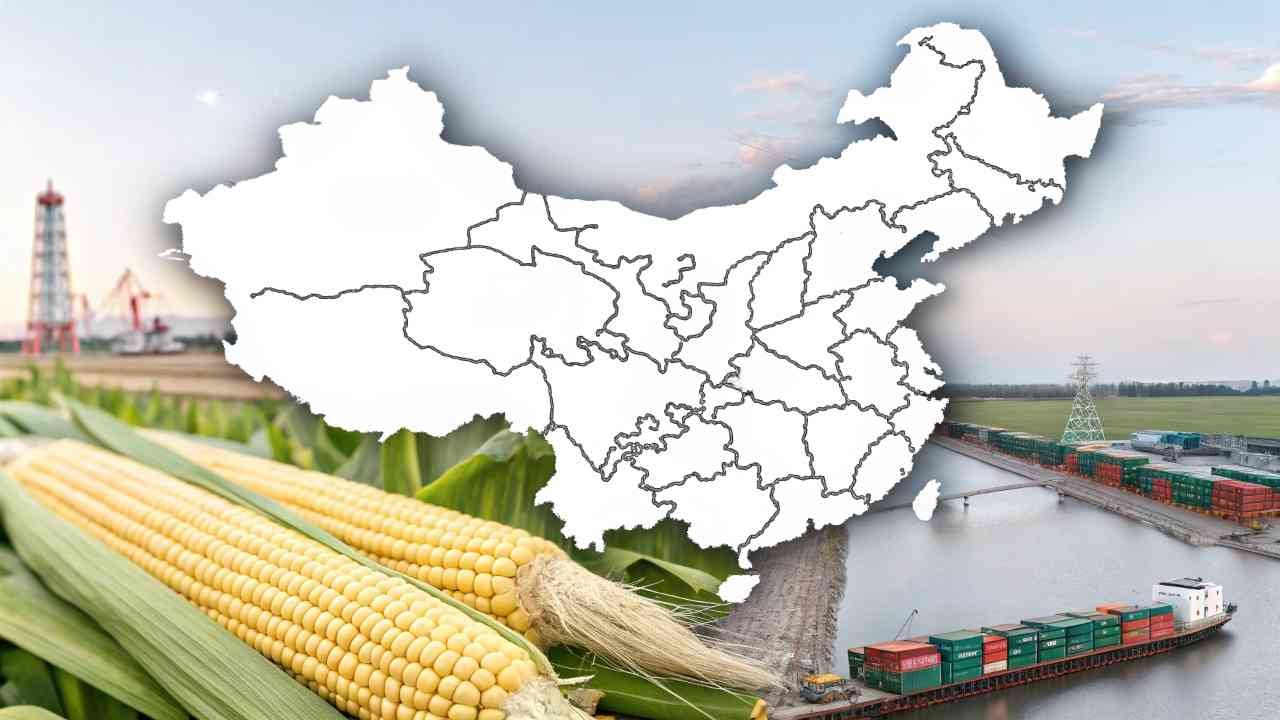
Focus your search on China's "corn belt" provinces, as corn is the primary raw material.
Key Production Hubs
Shandong and Jilin1 provinces are the industry leaders. They combine vast, high-quality corn supplies with massive, modern factories. This results in huge economies of scale and consistent product purity.
Quality and Logistics
Manufacturers in these regions hold key international certifications2 (ISO, HACCP, Halal, Kosher) to meet global standards. Shandong also benefits from direct access to the major port of Qingdao, while Jilin is well-connected by rail to the port of Dalian. This geographic advantage ensures both quality and efficient logistics.
Key Sourcing Hubs Overview:
| Province | Key Strengths | Main Export Port(s) | Common Certifications |
|---|---|---|---|
| Shandong | Massive scale, long history, direct port access | Qingdao | ISO, HACCP, Halal, Kosher |
| Jilin | "Golden Corn Belt" high-quality corn, modern factories | Dalian | ISO, HACCP, Halal, Kosher |
| Hebei | Strong industrial base, near Tianjin port | Tianjin | ISO, HACCP, Halal |
How can you audit a Dextrose Monohydrate factory in China?
You can't trust a supplier based on promises. Worried about factory conditions from thousands of miles away? A proper audit is the only solution.
You can audit a Chinese factory by visiting in person or by hiring a professional third-party inspection service. A thorough audit should cover production lines, QC labs, warehouses, and all documentation.
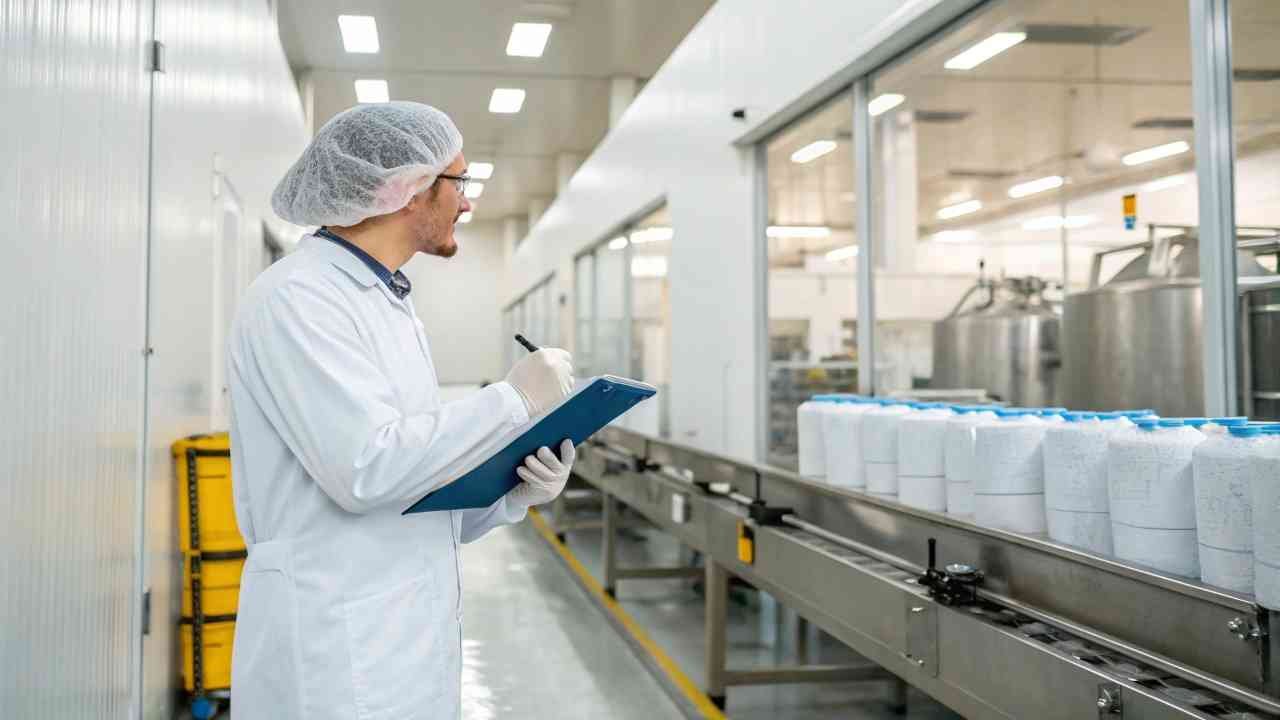
An audit is essential for managing risk and ensuring quality. At FINETECH, it's a standard part of our supplier selection process.
The Audit Process
First, perform a document check3. Request current copies of the business license, export license, and all quality certifications (ISO, HACCP, etc.). This simple step weeds out unqualified suppliers early.
Next, conduct an on-site audit4, either yourself or through a third-party service like SGS. The key areas to inspect are:
- Raw Material Storage: Clean and dry.
- Production Line: Well-maintained and orderly.
- QC Laboratory: Equipped and following documented procedures.
- Warehouse: Organized with properly packaged final product.
An audit provides the proof you need that a factory can meet your standards.
Audit Checklist Summary:
| Audit Area | What to Look For | Red Flags to Watch For |
|---|---|---|
| Documentation | Valid, current certifications; consistent COA data | Expired licenses, inconsistent or missing records |
| Production Line | Clean, stainless steel equipment, orderly process | Rust, disorganization, poor maintenance |
| QC Laboratory | In-house lab, modern equipment, documented procedures | No lab or very basic tools, no written procedures |
| Warehouse | Clean, dry, organized, proper pest control, intact packaging | Spills, damaged bags, signs of pests |
Why is Chinese Dextrose Monohydrate pricing often better than India's?
Price is always a major factor. Trying to balance cost and quality between China and India? Understand the underlying cost structures.
Chinese Dextrose Monohydrate pricing is often more competitive due to massive economies of scale, a highly efficient domestic supply chain, superior infrastructure, and supportive government policies.
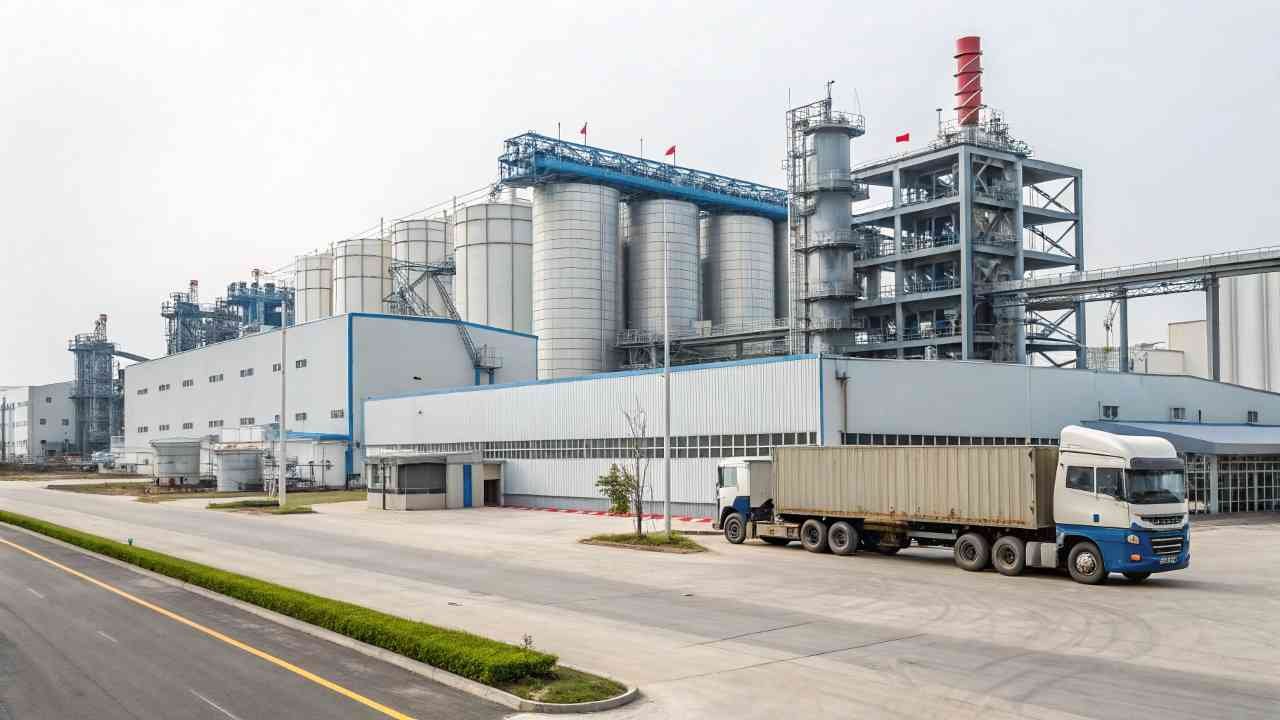
China's competitive pricing5 is not magic; it’s built on several structural advantages.
Core Cost Advantages
China's massive factory scale drives down the per-unit cost. These plants benefit from reliable, low-cost energy and are highly automated, which increases efficiency and reduces labor costs. Furthermore, government policies like the export tax rebate directly lower the net cost for the exporter. These factors combine to give Chinese producers a significant, sustainable pricing advantage.
This contrasts with other regions that may face challenges with smaller factory sizes, less reliable infrastructure, or less direct government support for exports.
Cost Factor Comparison: China vs. India
| Cost Factor | China's Advantage | Common Challenge in India |
|---|---|---|
| Economies of Scale | Massive production capacity, very low cost per unit | Generally smaller average factory sizes |
| Infrastructure | Reliable, cost-effective energy and logistics | Can face challenges with power and transport |
| Technology | High investment in automation and modern plants | Less uniform adoption of new technology |
| Government Policy | Strong direct support for exports (e.g., tax rebate) | Policies may be less direct |
How do new ports speed up Dextrose Monohydrate exports from China?
Delivery delays are a top pain point. Worried about your shipment getting stuck in a slow port? China's modern port infrastructure is the answer.
China's new, highly automated ports like Qingdao and Tianjin dramatically reduce vessel waiting times and speed up loading. Advanced logistics networks connect production hubs directly to these ports, getting your product shipped faster.
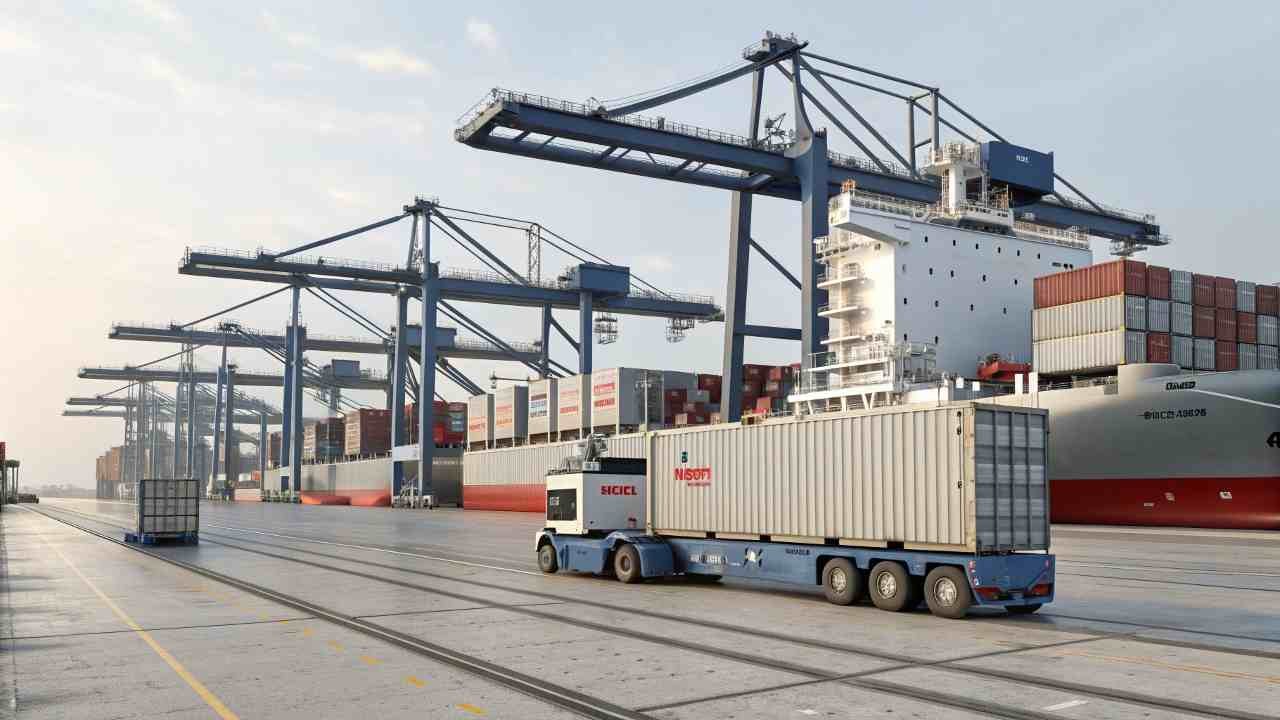
Reliable delivery is as important as a good price. China's massive investment in its ports directly benefits international buyers by minimizing delays.
Efficiency Through Technology
Ports like Qingdao, Tianjin, and Dalian use fully automated terminals. Automated cranes and vehicles move containers 24/7, reducing port time for ships and ensuring they depart on schedule.
Integrated Logistics
Strong "sea-rail" networks connect inland factories directly to these ports. A container can be loaded on a train in Jilin and clear customs before it even reaches the coast. This seamless integration speeds up the entire export process and increases supply chain reliability. This modern infrastructure is a key advantage, reducing your risk of costly delays.
Logistics Advantage Summary:
| Port | Serves Province(s) | Key Advantage | Benefit to Buyer |
|---|---|---|---|
| Qingdao | Shandong | World-class automated terminals, high efficiency | Fast loading, reliable schedules |
| Tianjin | Hebei, North China | Major northern hub, vast logistics network | Great access, alternative to Qingdao |
| Dalian | Jilin, Northeast | Strong sea-rail links, hub for corn belt products | Efficient route for Jilin's factories |
Can buyers reclaim taxes on Dextrose Monohydrate exports from China?
Want to optimize costs? Is there a hidden financial benefit when sourcing from China? The answer lies in the export tax rebate.
International buyers cannot directly reclaim taxes. However, the Chinese exporter can claim a Value-Added Tax (VAT) rebate. This refund lowers the exporter's costs, allowing them to offer you a more competitive price.
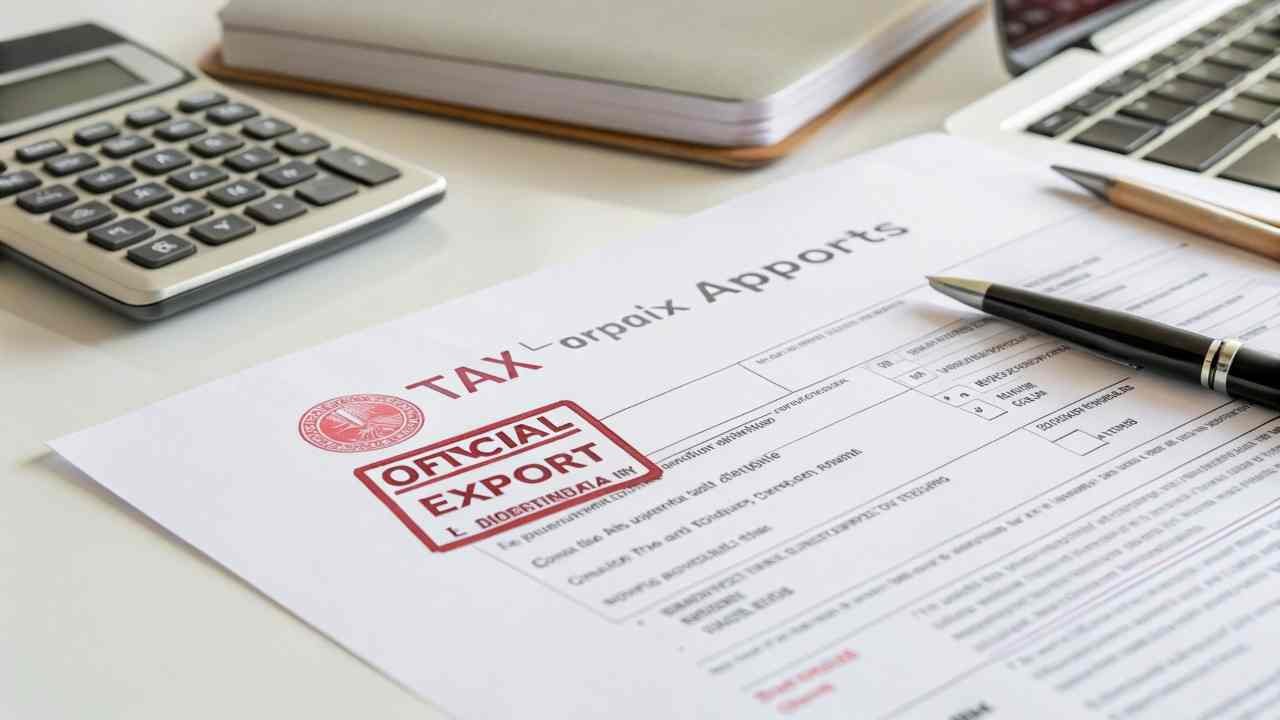
This policy is a key driver of China's competitive pricing. Here is how it works.
The Indirect Benefit to You
The Chinese government refunds the 13% Value-Added Tax (VAT)6 that factories pay on their raw materials when the final product is exported. While the buyer doesn't file any paperwork, this refund is a crucial part of the exporter's cost calculation.
Knowing they will receive this refund allows the exporter to pass the savings on to you in the form of a lower FOB price. It's a fundamental reason for China's pricing advantage. Working with a licensed exporter like FINETECH ensures this process is managed correctly, giving you access to the best possible pricing.
The Tax Rebate Flowchart:
| Step | Who is Responsible? | Action | How the Buyer Benefits (Indirectly) |
|---|---|---|---|
| 1. Pay VAT on Inputs | Chinese Factory/Exporter | Pays 13% VAT on domestic raw materials | - |
| 2. Export Goods | Exporter & Buyer | Goods are sold and shipped | Buyer receives goods at a highly competitive price |
| 3. Claim VAT Rebate | Chinese Exporter | Submits export documents for a 13% refund | The refund allows the exporter to offer that low price |
Conclusion
Sourcing Dextrose Monohydrate from China provides an unbeatable mix of quality, scale, logistics, and aggressive pricing. Partnering with an expert like FINETECH makes the entire process transparent and reliable.
-
Explore this link to understand why Shandong and Jilin are pivotal in corn production, highlighting their advantages and contributions. ↩
-
Discover how international certifications enhance product quality and marketability, ensuring compliance with global standards. ↩
-
Understanding the document check process is crucial for ensuring supplier compliance and quality assurance. ↩
-
Exploring the significance of on-site audits can enhance your supplier evaluation and risk management strategies. ↩
-
Understanding the factors behind China's competitive pricing can provide insights into global trade dynamics and manufacturing strategies. ↩
-
Understanding VAT is essential for grasping China's pricing strategies and how it affects your costs. ↩
